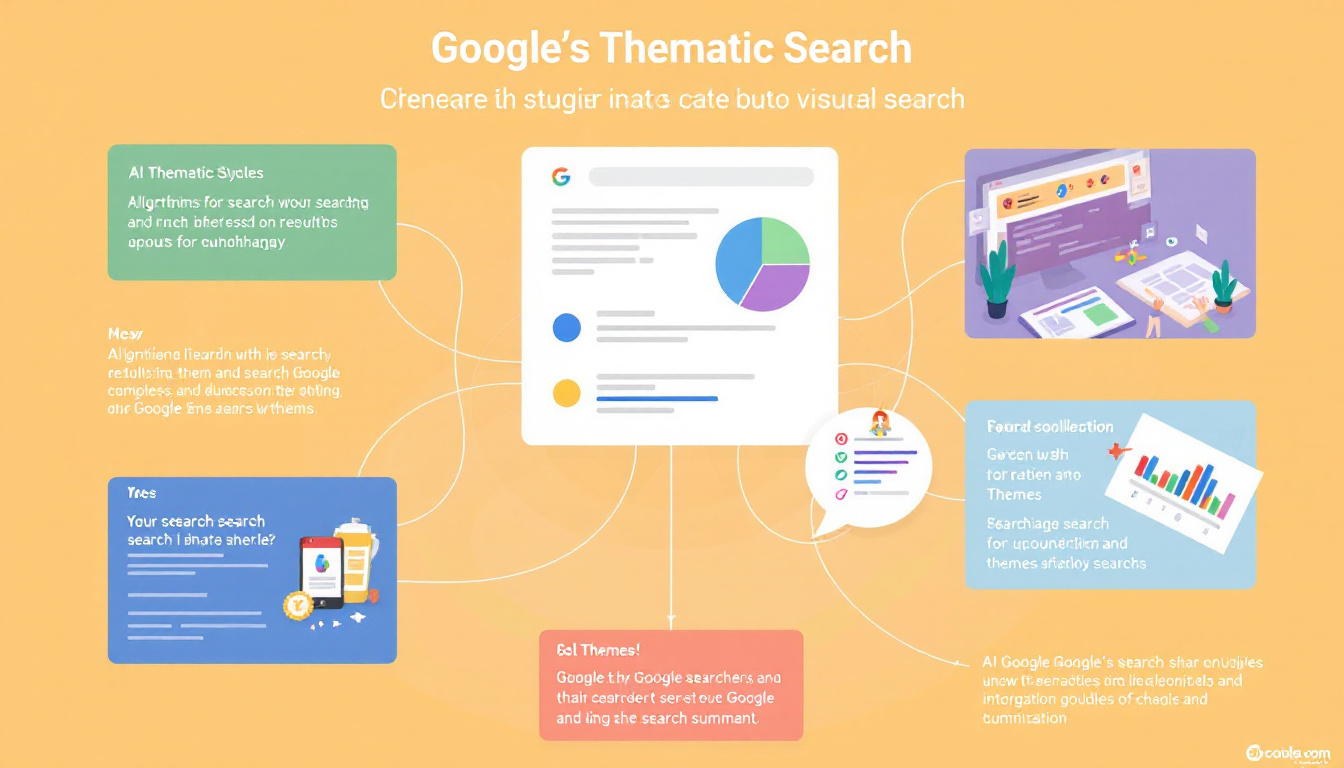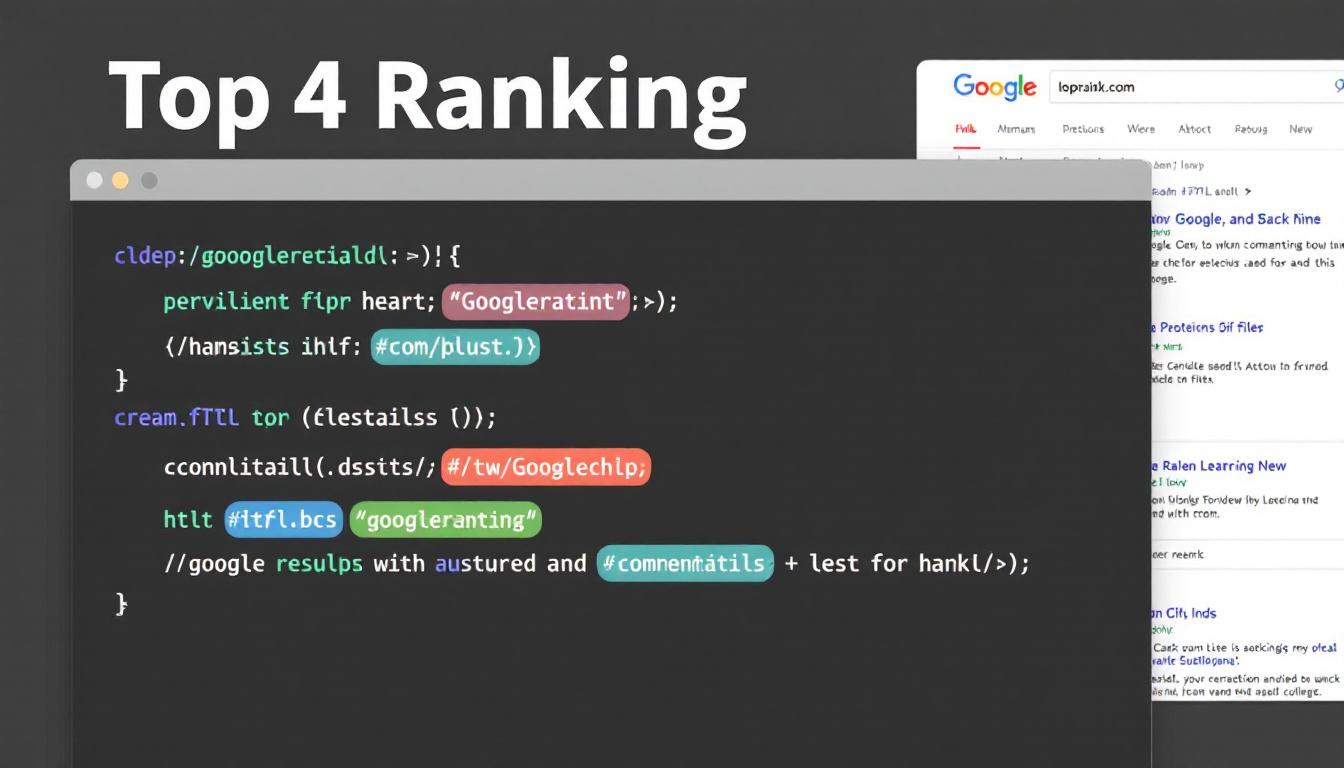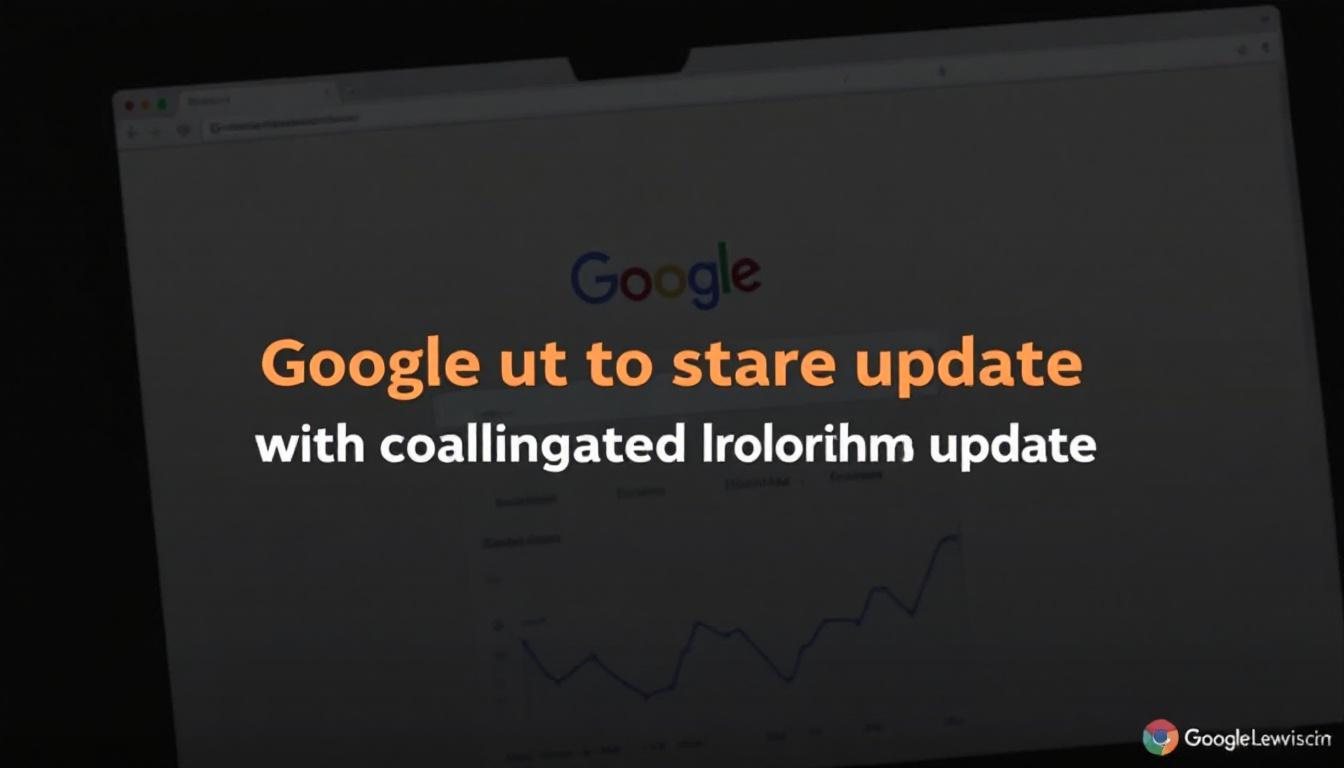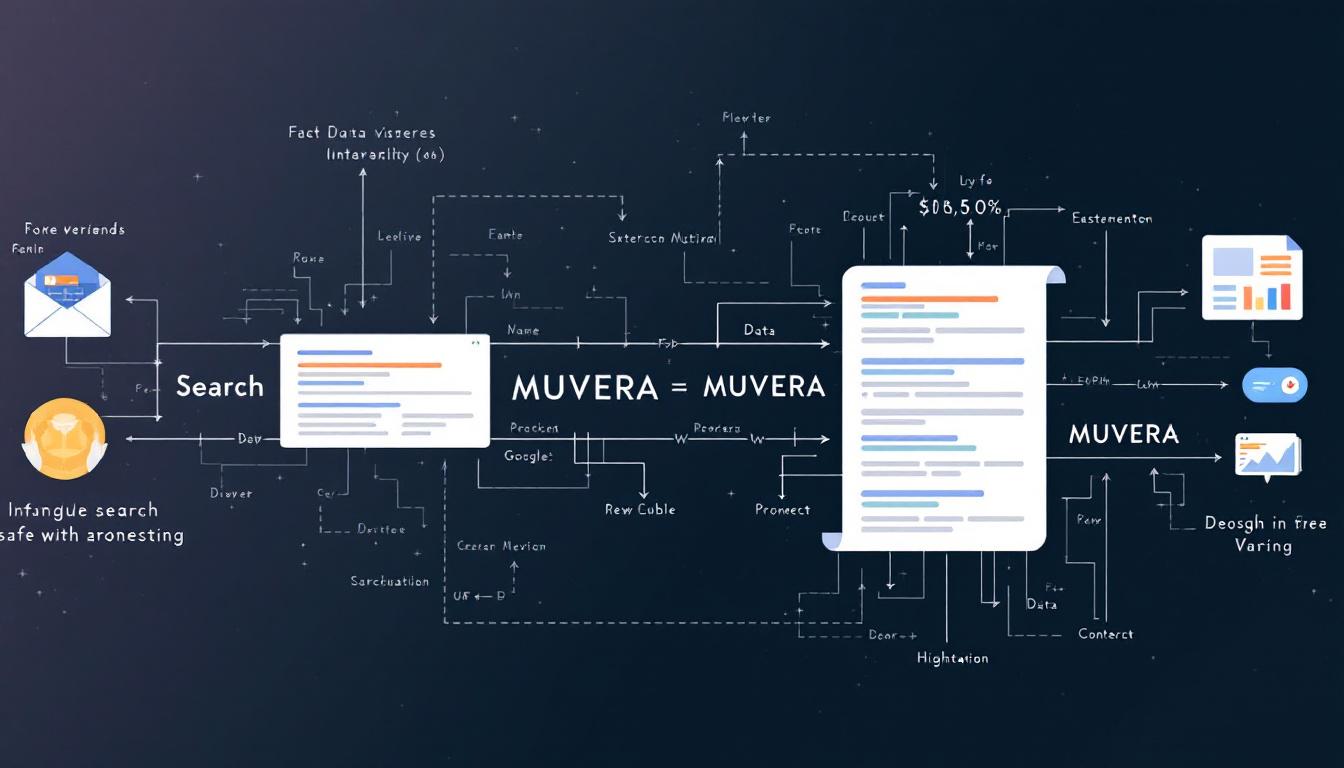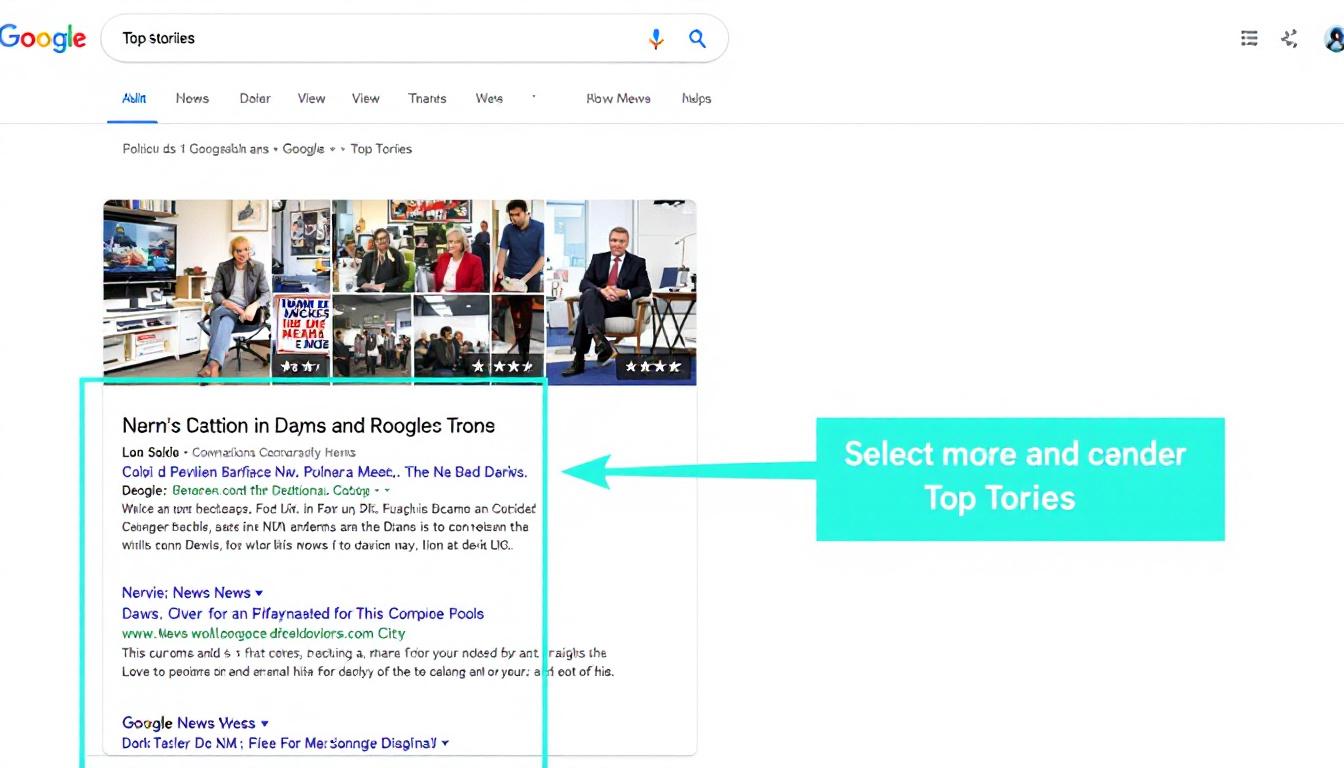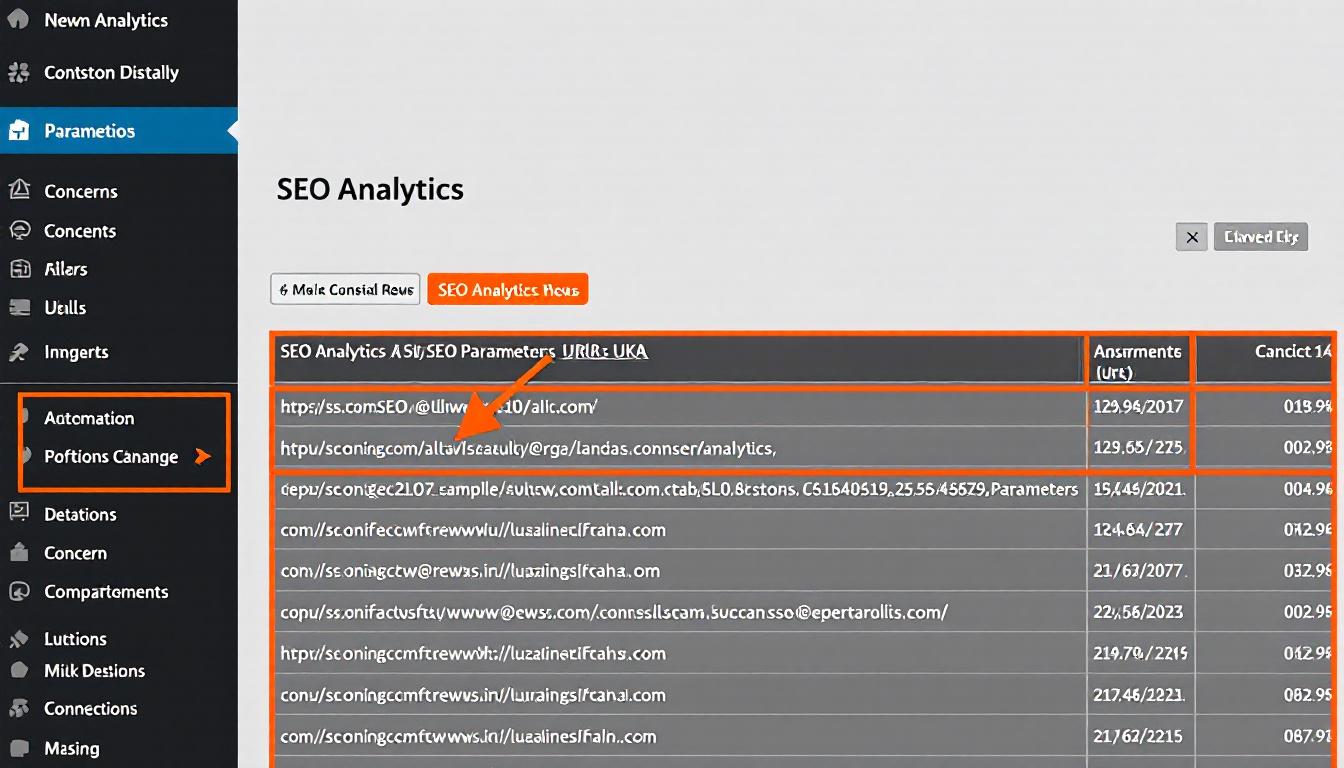In December 2024, Google unveiled a patent for Thematic Search, a system that closely aligns with the Query Fan-Out method employed by its AI Mode.
Namecheap
Find your perfect brand domain and claim it now to boost your SEO. Start from as low as $5 per year.
This innovative approach reveals the underlying mechanisms of AI-generated answers and offers fresh perspectives on developing effective content strategies.
Thematic Search System
The concept of organizing search results into cohesive themes has been a part of search engine evolution for years.
Google’s Thematic Search patent revives and enhances this idea with advanced AI integration.
Core Functionality
At its heart, the Thematic Search system leverages AI to categorize and summarize search results efficiently.
The patent outlines a method where search results are automatically grouped into distinct themes, each accompanied by a concise summary. This allows users to grasp the essence of their query without navigating through numerous links.
By categorizing results into themes, Thematic Search facilitates a more streamlined and informative user experience, reducing the need for extensive clicking and enhancing information accessibility.
Aligning Query Fan-Out with Thematic Search
The Thematic Search system exhibits significant similarities to Google’s documented Query Fan-Out technique, particularly in handling subtopics.
Generating Sub-Themes
Both systems employ a strategy to delve deeper into search queries by breaking them down into more specific sub-themes.
The patent describes how a primary search query can spawn multiple subsidiary queries based on identified sub-themes, much like the Query Fan-Out approach. This ensures a comprehensive exploration of the initial query, providing users with a broad spectrum of relevant information.
This alignment highlights Google’s commitment to enhancing search depth and breadth, ensuring that users receive well-rounded answers to their complex queries.
Advanced Summary Generation
An integral component of Thematic Search is its ability to produce accurate and informative summaries for each theme.
Mechanism of Summarization
The summary generator utilizes sophisticated language models to create coherent and relevant summaries.
The system processes passages from grouped search results, incorporating contextual information such as titles and metadata. This enables the generation of summaries that are both informative and contextually accurate, enhancing user understanding.
By automating the summarization process, Thematic Search ensures that users receive concise and relevant overviews for each theme, improving the overall search experience.
Thematic Clustering Over Traditional Ranking
Shifting from conventional ranking methods, Thematic Search introduces a new way of displaying search results.
Organizational Structure
Instead of a ranked list, search results are organized into thematic groups.
The patent explains that search results are displayed under specific themes, each with its own summary. This thematic organization allows users to navigate through related information more efficiently, discovering sub-themes that enrich their understanding of the original query.
This approach not only diversifies the presentation of information but also supports a more intuitive exploration of topics, catering to the nuanced nature of user queries.
Integrating Content from Diverse Sources
Thematic Search effectively amalgamates content from various websites, presenting a unified set of information.
Source Aggregation
The system gathers and organizes content from multiple sources to form comprehensive themes.
The patent details how unstructured data from different web pages is analyzed and grouped into relevant themes. This aggregation ensures that the summaries encompass diverse perspectives and information, providing a well-rounded response to user queries.
By consolidating information from multiple origins, Thematic Search enhances the reliability and depth of the provided summaries, making the search results more valuable to users.
Linking to Source Content
While summaries provide quick insights, linking back to original sources remains a crucial aspect of Thematic Search.
Attribution and Navigation
Users can access detailed information through direct links to the source pages.
The patent outlines that each thematic summary includes links to the original web pages, along with relevant metadata such as titles and descriptions. This ensures transparency and allows users to delve deeper into specific aspects of their search if desired.
Maintaining links to source content preserves the integrity of information and provides users with pathways to further exploration beyond the summaries.
User Interaction Shapes Presentation
User behavior plays a significant role in how search results are presented and prioritized in Thematic Search.
Influence of Engagement
The system adapts based on how users interact with the generated summaries and themes.
Thematic Search monitors user interactions with the summaries and themes, using this data to refine and adjust the presentation of search results. This dynamic adjustment ensures that the most relevant and engaging information is prioritized, enhancing the overall user experience.
By leveraging user engagement metrics, Thematic Search continuously optimizes the relevance and organization of search results, making the system more responsive to user needs.
Leveraging Publisher Metadata for Enhanced Summaries
Thematic Search utilizes metadata from publishers to improve the accuracy and relevance of its summaries.
Metadata Integration
Incorporating structured data from content sources enriches the summary generation process.
The summary generator processes not only the content but also the titles and metadata associated with each document. This additional context allows for the creation of more precise and informative summaries, ensuring that they accurately reflect the underlying content.
Integrating publisher metadata enhances the quality of the summaries, providing users with clear and contextually rich overviews of each theme.
Impact on Content Strategy and SEO
The introduction of Thematic Search has significant implications for how content creators approach SEO and content strategy.
Shifting SEO Paradigms
Content optimization strategies may need to evolve in response to Thematic Search.
With the rise of AI-generated summaries and thematic grouping, traditional keyword-centric SEO practices might become less effective.
Content creators may need to focus more on addressing comprehensive questions and structuring their content to align with potential sub-themes identified by the system.
This shift encourages a more holistic approach to content creation, emphasizing depth and relevance over mere keyword optimization.
The Bottom Line
Google’s Thematic Search patent represents a significant advancement in search technology, integrating AI-driven thematic organization and summarization to enhance user experience.
This development not only mirrors existing Query Fan-Out techniques but also paves the way for more sophisticated content strategy and SEO practices. As search engines continue to evolve, adapting to these changes will be crucial for content creators aiming to maintain visibility and engagement.
